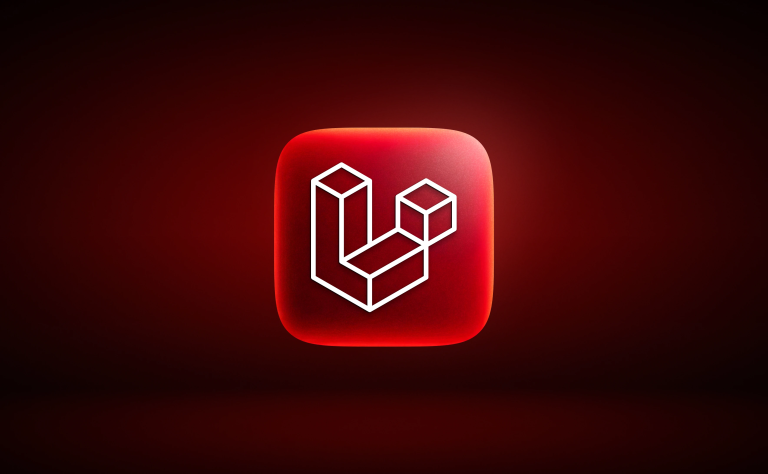In today’s fast-paced digital world, having full control over your online store’s functionality and performance is a game-changer. Laravel, the elegant PHP framework, is a top choice for custom eCommerce development due to its flexibility, robust features, and modern tooling. In this guide, we explore the key benefits, walk through the essential development steps, and share critical tips for security and performance.
Laravel isn’t just another PHP framework—it’s a complete ecosystem tailored for building high-performing web applications. Here’s why it stands out for eCommerce:
✔️ Clean MVC Architecture. Laravel’s separation of concerns via Model-View-Controller architecture promotes scalable and maintainable code.
✔️ Built-in Features. With authentication, routing, caching, and Eloquent ORM out-of-the-box, Laravel speeds up development significantly.
✔️ Enhanced Security. Laravel handles CSRF protection, hashed passwords, input validation, and more to ensure your store is secure by default.
✔️ Scalable and Performance-Ready. Whether you’re serving hundreds or millions, Laravel supports caching, queues, and database optimization to scale gracefully.
✔️ Complete Customization. Unlike cookie-cutter solutions, Laravel allows you to build exactly what your store needs—without unnecessary bloat.
✔️ Expansive Ecosystem. Extend functionality using Laravel Nova (admin panel), Horizon (queues), Scout (search), Cashier (subscriptions), and more.
🛠️ Steps to Launch Your Laravel eCommerce Store
Creating an eCommerce platform from scratch requires a structured approach. Here’s a streamlined roadmap:
1. Project Setup. Install Laravel via Composer and configure your .env file for environment variables like database, mail, and caching.
2. Database Architecture. Define core models such as User, Product, Category, Order, and Cart. Use migrations and seeders to build your schema.
3. Authentication & Authorization. Set up authentication using Laravel Breeze, Jetstream, or Fortify. Implement user roles such as admin, customer, and guest.
4. Product Catalog & Management. Build CRUD interfaces for managing products and categories. Implement media handling for product images and galleries.
5. Shopping Cart & Checkout. Create a session or database-driven cart system. Integrate tax calculations, discount codes, shipping rates, and payment gateways like Stripe or PayPal.
6. Order Processing. Record and manage order data. Track statuses such as pending, shipped, and completed. Enable admin-side order controls.
7. Admin Dashboard. Develop a powerful admin interface using Laravel Nova or custom-built dashboards for managing products, orders, users, and settings.
8. Frontend Development. Use Blade templates, Livewire, or Vue.js to create a responsive, user-friendly storefront optimized for mobile and desktop.
9. Notifications & Emails. Automate emails for order confirmations, status updates, and user notifications using Laravel’s built-in notification system.
10. Deployment & Hosting. Deploy with tools like Laravel Forge, Vapor, or a custom VPS. Use CI/CD pipelines for seamless updates.
🔐 Security & Performance Best Practices
Security Tips
- Validate All Inputs: Use
FormRequestclasses to ensure clean, secure data handling. - Protect Against CSRF: Always include
@csrftokens in forms. - Guard Authentication: Separate frontend and admin user roles with guards.
- Throttle Requests: Use Laravel’s rate limiting to prevent abuse.
- Escape Output: Blade auto-escapes variables—never disable this unless absolutely necessary.
- Use HTTPS: Enforce secure connections and HTTP-only cookies.
Performance Tips
- Cache Wisely: Leverage
config:cache,route:cache, andview:cache. Use Redis or Memcached for app-level caching. - Queue Background Jobs: Offload emails, notifications, and image processing to queues for better user experience.
- Avoid N+1 Queries: Use eager loading with
with()in Eloquent to optimize DB queries. - Paginate Large Results: Always paginate product listings or admin tables.
- Serve Assets via CDN: Load static files and images through a CDN to reduce server load.
- Compress Images: Use automated tools or services to optimize image sizes.
- Index Database Fields: Ensure fast queries by indexing searchable fields like product names and categories.
Developing a custom eCommerce platform with Laravel empowers you to create a unique, secure, and high-performance online shopping experience. Unlike off-the-shelf solutions, Laravel gives you the flexibility to scale and evolve your store as your business grows.
Ready to launch or level up your online store? Whether you’re building from the ground up or enhancing an existing platform, Laravel provides the flexibility and power to bring your vision to life. The expert team at Skynix is here to guide you every step of the way.
We are happy to help🤝




